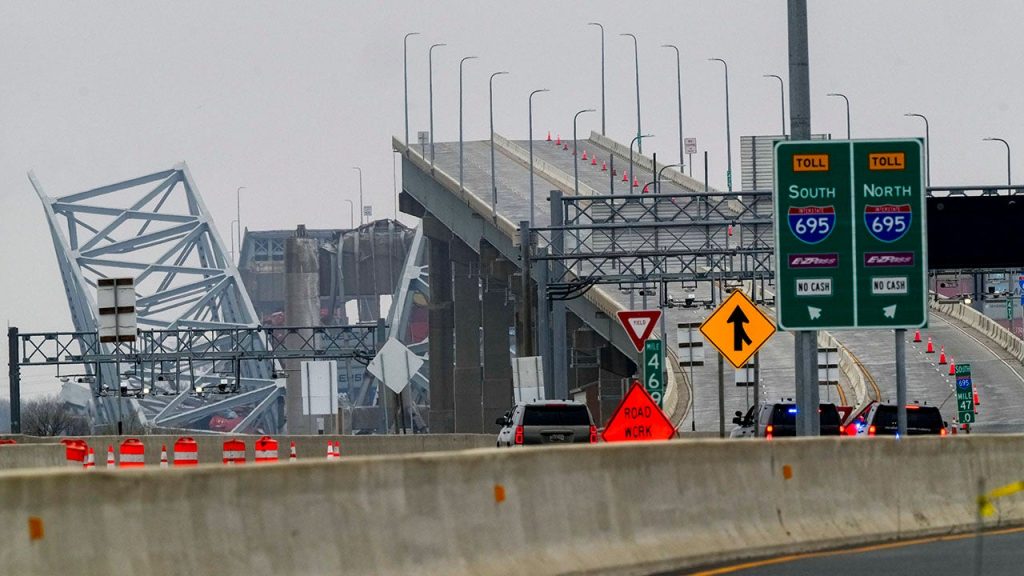A former U.S. Army and Marine veteran, Jason Nelson, believes that the cargo ship Dali likely experienced electrical issues soon after departing port, leading to the collapse of the Francis Scott Key Bridge. Nelson, who was stationed near the bridge during his military service, observed the ship drifting towards the bridge and eventually crashing into a pylon. He explained that when a vessel loses power, it will continue to drift until power is restored, making it difficult to stop suddenly. Nelson speculated that the crew may have attempted an emergency maneuver that ultimately proved unsuccessful.
The cargo ship Dali was being piloted by two individuals when it lost power and crashed into the Francis Scott Key Bridge, resulting in the deaths of six construction workers. The incident has drawn attention to the role of harbor pilots, who temporarily assume control of ships from their regular captains. Despite the efforts of the pilots on board the Dali, including issuing steering commands, dropping an anchor, and calling for assistance from tugboats, there was likely nothing they could have done to prevent the 95,000-ton ship from colliding with the bridge. Maritime experts highlight the challenges faced by harbor pilots navigating ships in and out of ports, requiring precise knowledge of charts, currents, and other maritime variables.
Maryland Governor Wes Moore has pledged full support for recovery efforts in the wake of the bridge collapse. The collapse of the Francis Scott Key Bridge has sparked investigations into the circumstances surrounding the incident, with no immediate indication that the lead pilot on the Dali did anything wrong. The vessel sent out a mayday call, which allowed authorities to close the bridge to traffic and prevent further casualties. Despite the efforts of the pilots and responders, the size and momentum of the ship made it impossible to prevent the collision with the bridge.
The disaster involving the cargo ship Dali has raised questions about the safety and protocols surrounding maritime navigation. The lead pilot on the ship followed standard procedures in response to the loss of power, including dropping anchor and requesting assistance from tugboats. However, the scale and speed of the ship made it challenging to avert a collision with the bridge. The incident has underscored the risks faced by harbor pilots and the importance of maintaining strict protocols and safety measures to prevent such accidents in the future. The National Transportation Safety Board is conducting an investigation into the circumstances leading to the bridge collapse.
The collapse of the Francis Scott Key Bridge has had a significant impact, not only on the transportation infrastructure but also on the families of the construction workers who lost their lives in the incident. The tragedy has highlighted the dangers faced by workers in the construction and maritime industries, as well as the importance of upholding safety standards to prevent such accidents. The response to the bridge collapse, including the swift actions taken by authorities and first responders, has been commended for potentially preventing further loss of life. Efforts are underway to investigate the causes of the incident and implement measures to enhance safety and prevent similar incidents in the future.


